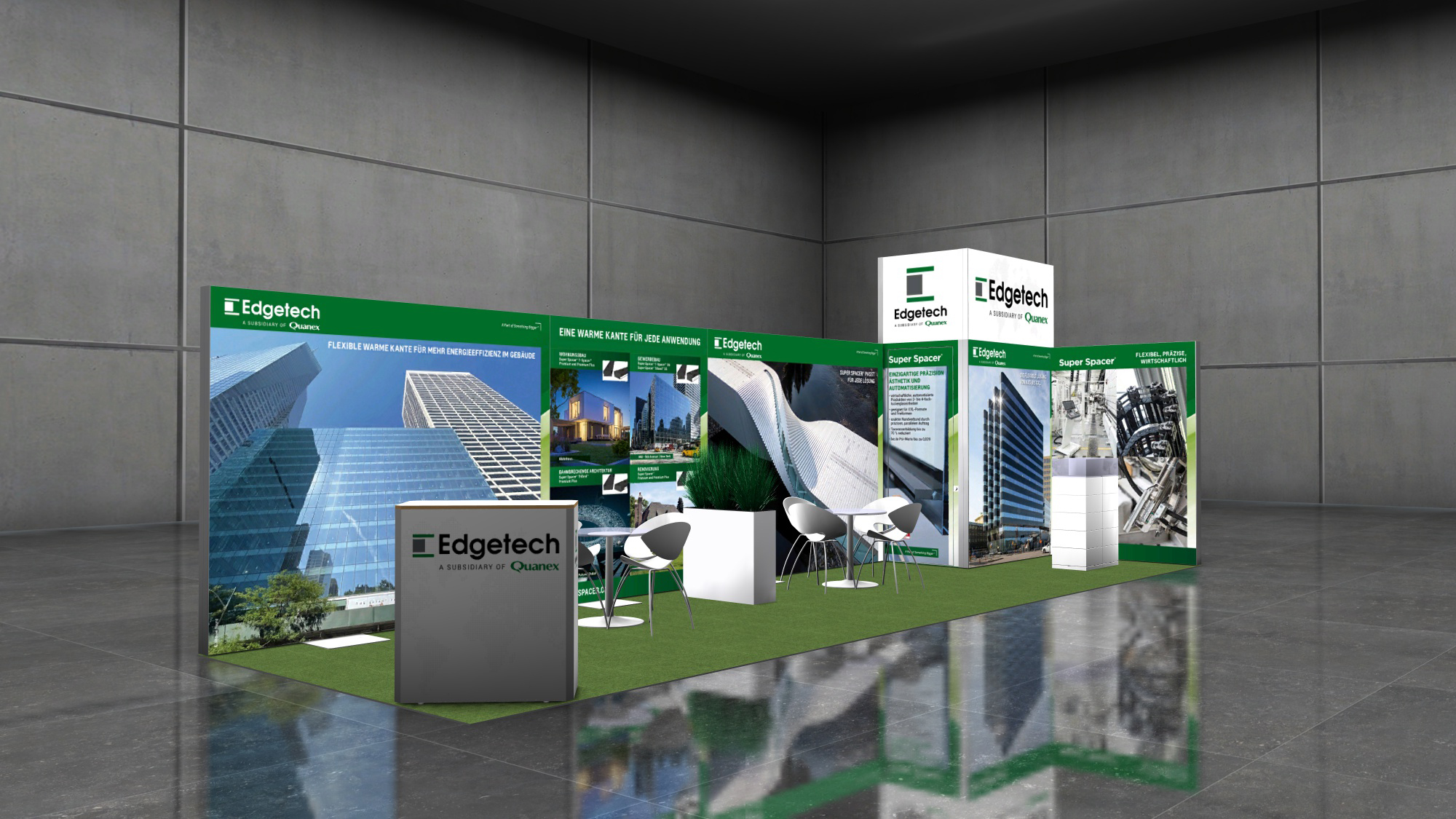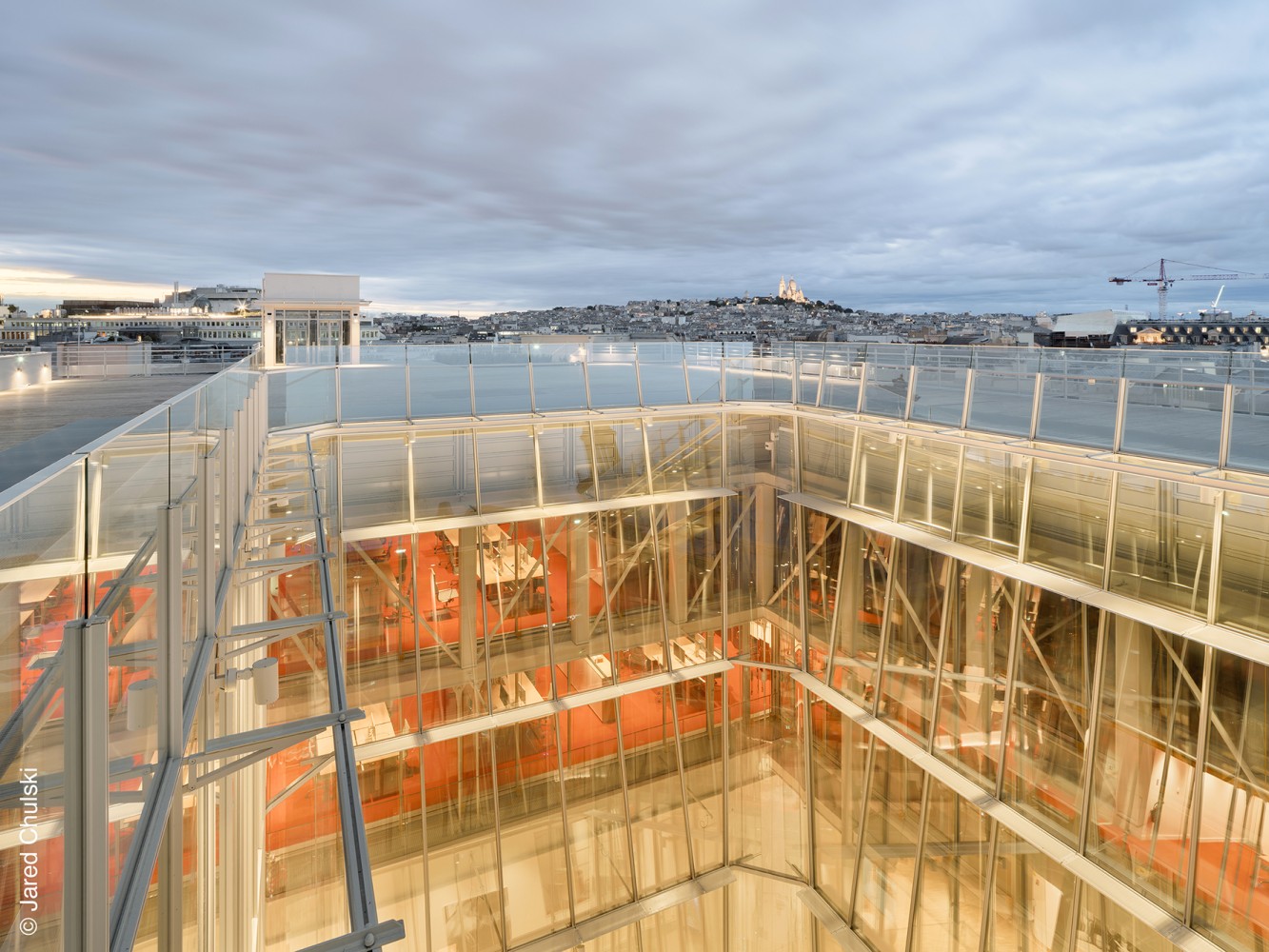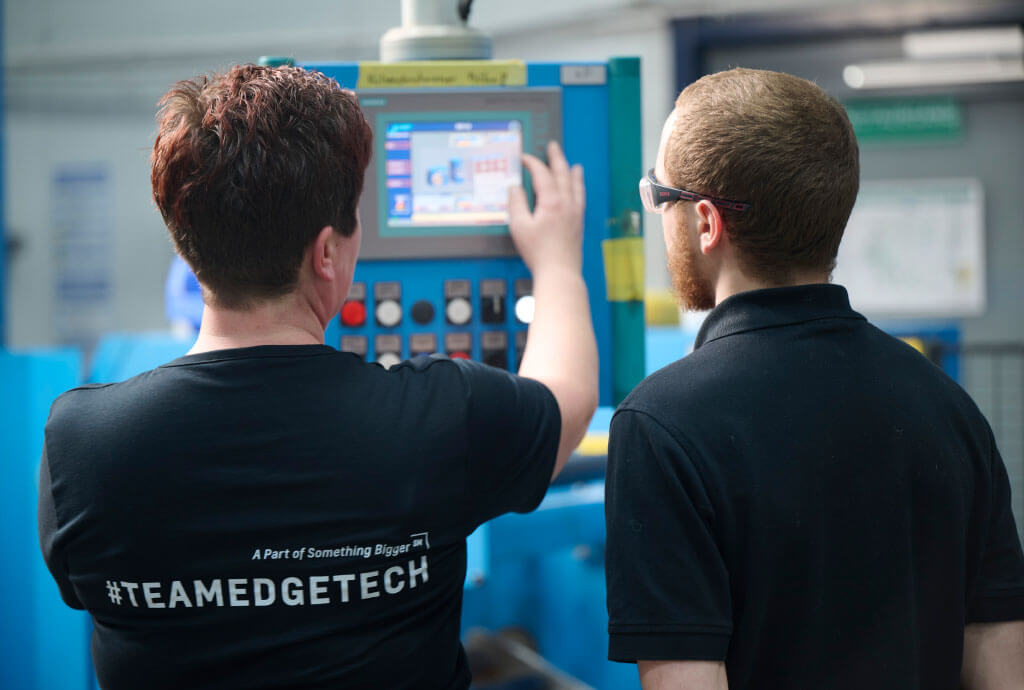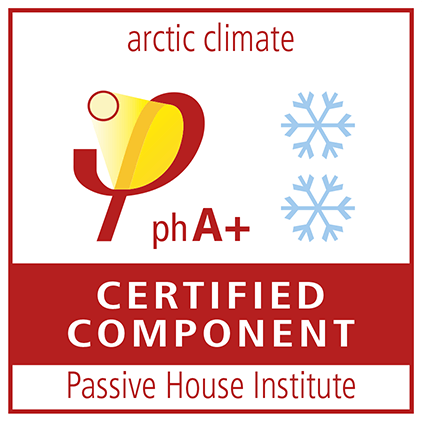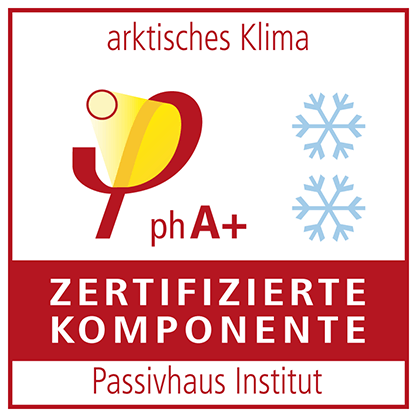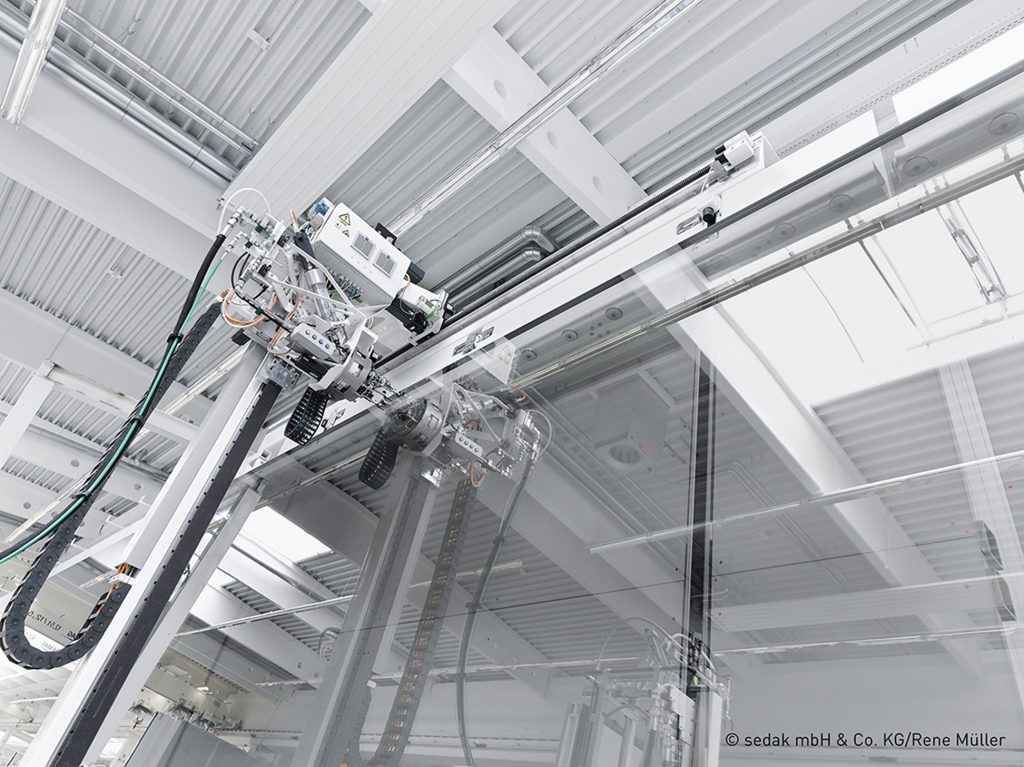
Alongside curved multi-pane insulating glass, large-format units are a specialist discipline in insulating glass production. In this article, Christoph Rubel, Technical Manager at Edgetech Europe in Heinsberg, Germany, discusses the importance of flexible, foam-based Super Spacer® spacers for the quality of large-format insulating glass units.
Insulating glass lines which are more than 100m and capable of processing oversize pane formats (including washing glass, applying spacer bar, pressing, filling with gas and sealing) are making ever larger and more complex insulating glass and therefore applications such as structural glazing facades technically and economically feasible. The sedak world record from 2020, in which insulating glass units measuring 3.04m x 19.21m and covering an area of 117m2 were delivered, is impressive proof of this. But the further development of automatically processable insulating glass spacers as well as application machines has contributed significantly to the XXXL trend.
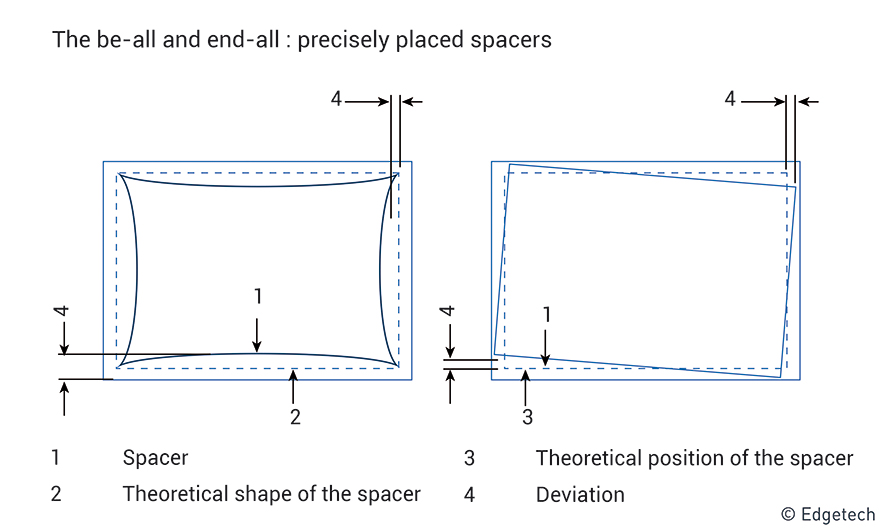
Examples of deviations of the spacer from the tolerances according to DIN 1279:1, Annex F.
The tolerances for the parallelism of the spacer placement to the straight glass edge are specified in DIN 1279:1 006/2019. According to this, a deviation of 4mm is permissible up to an edge length of 3.5m; for longer edge lengths, the maximum deviation is 6mm. Setting the spacer therefore requires precise work for optical as well as normative reasons. For window sizes exceeding the standard 3210mm × 6000mm band size, assembled rigid spacer frames are difficult to handle due to their lack of stability and their tendency to deflect. The spacer frame must be applied to the first pane in such a way that, on the one hand, it is straight and squarely connected to the glass and, on the other hand, it does not touch it before the final position is found, otherwise the critical PIB edge seal, as well as the sightline aesthetics will be compromised. The range of application for rigid systems is therefore limited by practicality to certain glass sizes.
Flexible spacers are applied robotically from the roll on partially or fully automated lines at XXXL specialists such as sedak and Interpane. For manual processing, Edgetech offers a specially designed hand application tool for Super Spacer® which enables the same precise placement. Since the desiccant is already included in the spacer material, the time-consuming filling of spacer frames is also eliminated. And last, but not least, there is no longer any risk of PIB residue, stains or fingerprints getting into the unit.
The shear strength of the insulating glass unit
The shear strength, i.e. the integrity of the entire insulating glass unit, is ensured during production by the interaction of several factors: a sufficiently dimensioned sealant depth, the adhesive force of the spacer and PIB seal on the glass, and the compression during gas filling of the cavity.
The excellent adhesive force of Super Spacer®, even with large-format panes, was demonstrated in a shear load test. A 6300mm by 3300 mm insulating glass unit with two 6mm thick float glass panes was tested without a secondary seal and therefore held together only by the acrylic adhesive applied to the side of the Super Spacer® TriSeal™ Premium Plus and the pre-applied PIB. During the 30-minute holding test, in which one pane was lifted with the help of vacuum cups, the complete unit remained intact without slipping even 1mm.
Elasticity of the flexible material supports durability of the edge seal
The physical phenomenon of thermal linear expansion has a significance that should not be underestimated for the choice of spacer material for large, thermally broken insulating glass formats.
The coefficient of linear expansion for float glass made of soda-lime-silica glass is 9 x 10 e-6 1/K, while that for aluminum is 23 x 10 e-6 1/K, i.e. about 2.7 times. Therefore, at a length of 20m and a temperature increase of 50 Kelvin, glass expands by 9mm, while a 20m long piece of aluminum expands by 23mm. In the case of plastics, the thermal expansion is significantly higher again, depending on the material composition.
Since the expansion force acts on the entire length of rigid spacers, this quickly adds up to one centimeter or more per edge length for large formats. Under certain circumstances, this results in the spacer profile loosening from its position over time due to the stresses and protruding into the visible area of the insulating glass unit. Super Spacer® however, due to its flexible foam-based material accommodates these movements countless times thanks to its 100% resilience.
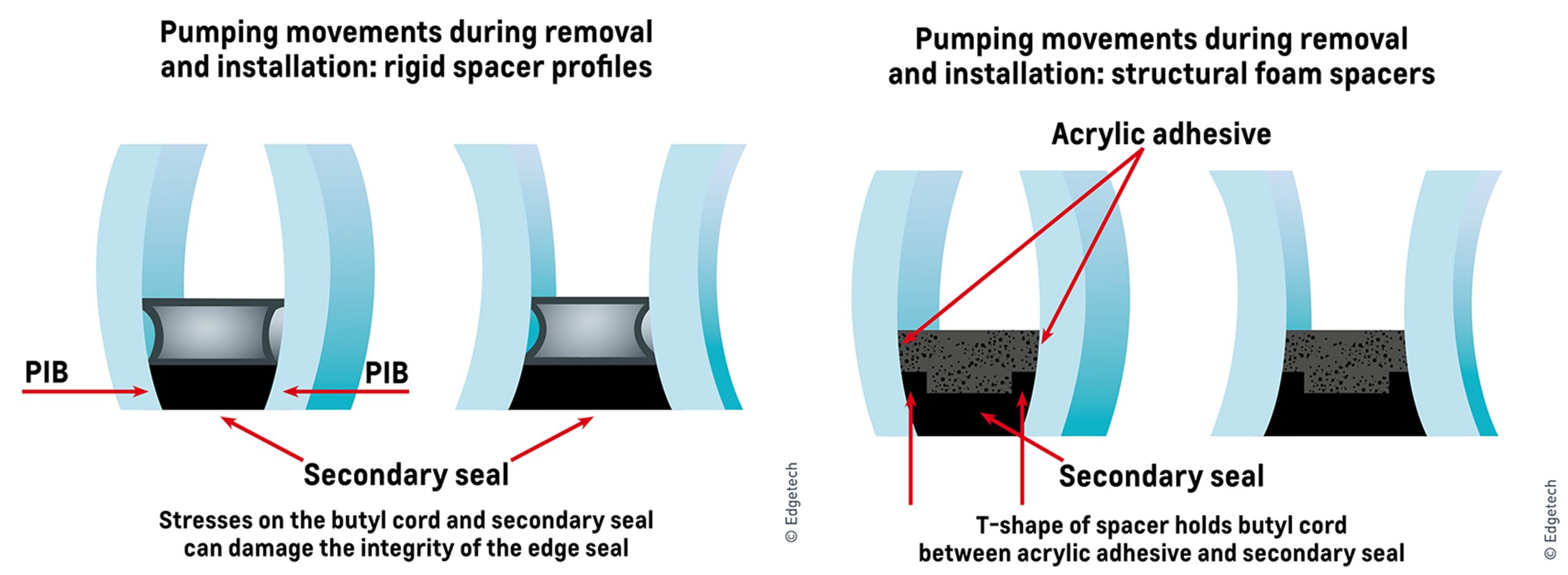
Super Spacer® is not only flexible, but 100% recoverable
If thermally separated composite profiles or structural glazing constructions are heated on one side on the outside due to solar radiation, the thermal linear expansion leads to permanent differential movements and thus a shear stress between the two panes. Frame material made of metal further intensifies this so-called ‘bimetallic effect’ derived from electronics.
Rigid conventional spacers cannot compensate for the resulting loads. For this reason, almost the entire shear load here rests on a very thin PIB layer (butyl primary sealant) and on the spacer’s adhesion to the outer sealant, which, as mentioned above, can cause it to move into the visible area. A flexible spacer is able to absorb this mechanical stress by dividing the forces among many local forces. The adhesive forces on the back of the spacer, the primary seal, and the additional acrylic adhesive applied to the sides of the spacer hold it in position and prevent the edge seal from being damaged and avoid all the familiar consequences such as gas loss, condensation, clouding, and ultimately a shortened service life.





